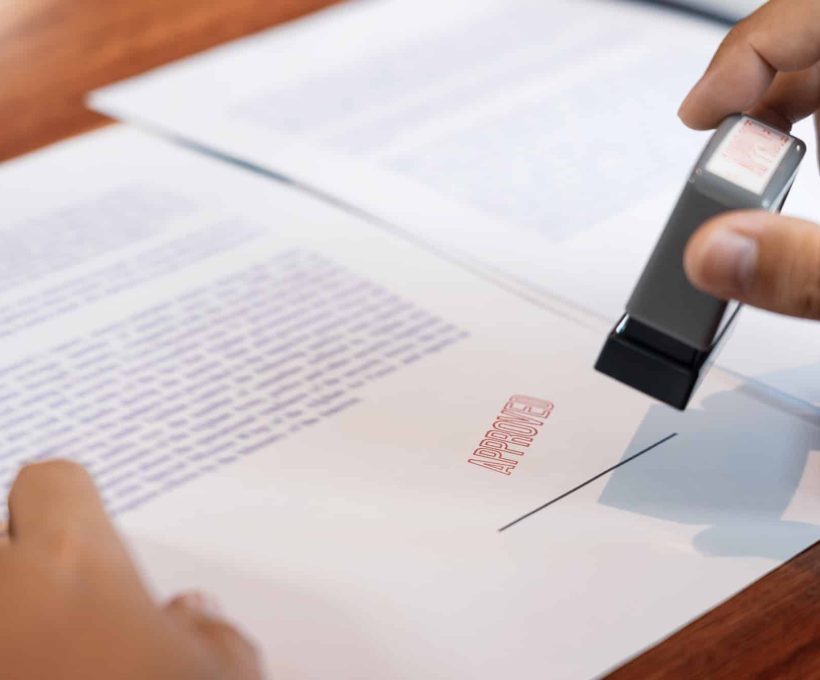Indonesia
Necesitas legalizar o apostillar un documento para el uso en Indonesia? Olvídate de las complicaciones y déjanos el trabajo a nosotros.
Solicita tu cotización ahora
En Apostille Int. apostillamos tus documentos para su uso en trámites internacionales, a través de un servicio rápido y eficaz.

El presidente de Indonesia emitió un decreto el 5 de enero de 2021 por el cual ratificó a Indonesia como miembro de la “Convención de La Haya”. Significa que ya no es necesaria la legalización de documentos públicos extranjeros por medio de sus embajadas.
Cualquier documento estadounidense que esté certificado con una apostilla será reconocido en todos los estados miembros de la Convención de La Haya, incluido Indonesia por lo que ya no se requiere ninguna otra certificación como la legalización consular.
Tenga en cuenta: Cualquier documento emitido en los Estados Unidos de América destinado a ser utilizado en Indonesia debe tener una apostilla del respectivo Secretario de Estado del Estado donde se emitió el documento.
Cosas que debe saber sobre la apostilla de un documento estadounidense para su uso en Indonesia
Verifique los requisitos
Antes de comenzar el proceso de apostilla, debe verificar los requisitos del gobierno o institución indonesia que recibirá su documento. Es posible que algunos documentos deban traducirse al indonesio o ser notariados antes de poder ser apostillados.
Solicita tu cotización a través del formulario
Bríndanos los datos necesarios para tu trámite
¡Recibe tu documento en el menor tiempo posible!
Obtener la Apostilla
Para obtener una apostilla, deberá enviar su documento a la oficina del Secretario de Estado en el estado donde se emitió. El Secretario de Estado verificará la autenticidad del documento y adjuntará una apostilla. Este proceso puede tardar varias semanas, por lo que es importante planificar con anticipación.
Utilice un servicio confiable
Si desea ahorrar tiempo y evitar posibles errores, se recomienda que utilice un servicio confiable como Apostille International. Nuestro equipo de expertos puede ayudarlo a navegar por el proceso y garantizar que sus documentos estén apostillados correctamente.
En conclusión, si planea hacer negocios o estudiar en Indonesia, es posible que necesite apostillar ciertos documentos.
Asegúrese de verificar los requisitos, obtener la apostilla y utilizar un servicio confiable como Apostille International para garantizar que sus documentos sean válidos para su uso en Indonesia. Contáctenos hoy para obtener más información sobre nuestros servicios.
Somos su mejor opción cuando se trata de apostillar sus documentos
¿Necesita apostillar sus documentos estadounidenses para su uso en Indonesia? ¡Apostille International lo tiene cubierto! Nuestro equipo de profesionales puede ayudarlo a navegar por el proceso de apostilla y legalización con facilidad.
No permita que la autenticación de documentos lo estrese. ¡Contáctenos hoy y dejemos que nos encarguemos de todo!



